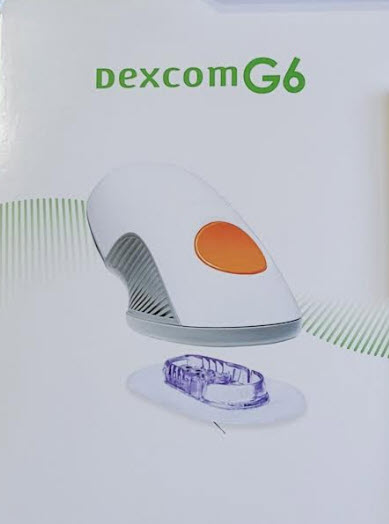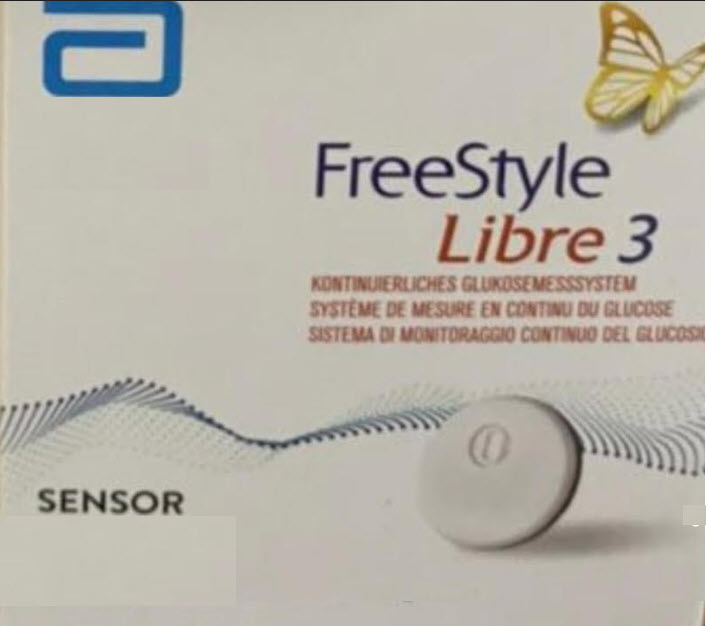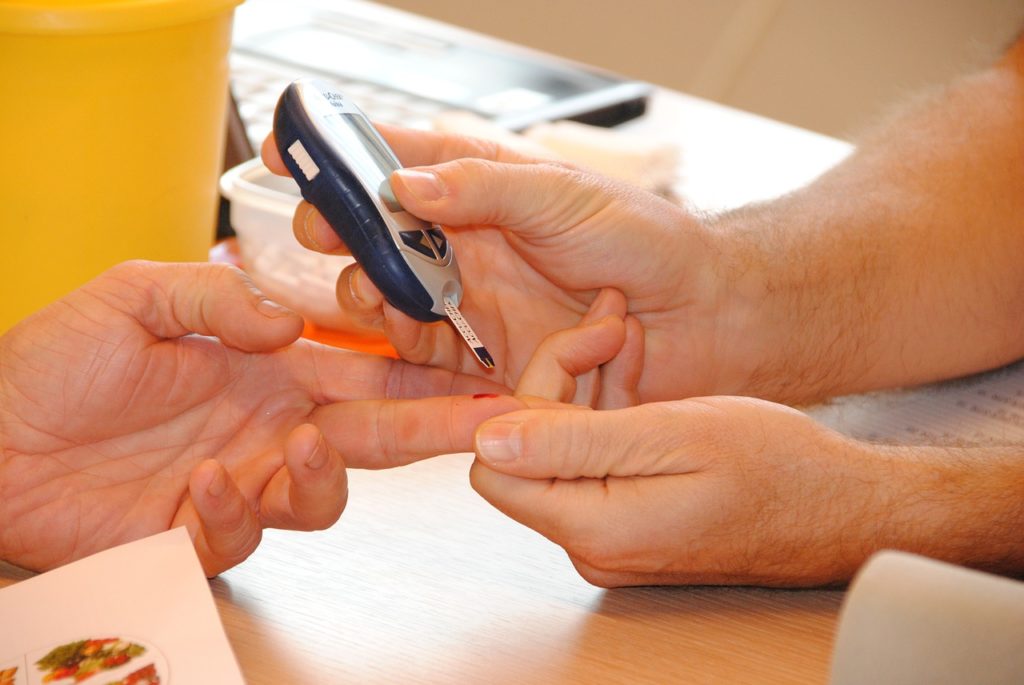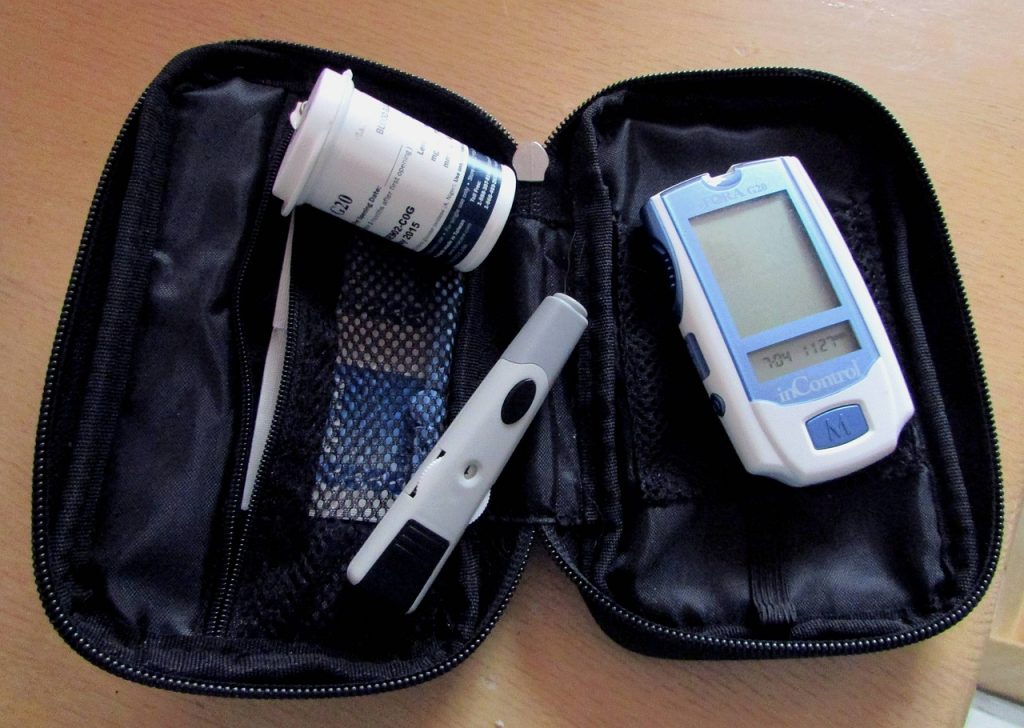In times past, Type 1 diabetes was called juvenile diabetes or insulin-dependent diabetes since the disease typically manifested in children, teens and young adults. It’s less common than Type 2 diabetes. Those in the medical profession believe Type 1 diabetes is an autoimmune disease in which the body attacks the pancreas, which is responsible for releasing insulin. Others have genetic risk factors making them more at risk of developing the disease.
Exercise is an integral part of managing diabetes. The most important aspect is that exercise aids in preventing insulin resistance. People with insulin resistance will need higher doses of insulin to compensate for what they eat. Those with high blood sugar levels, high triglycerides, and high “bad” cholesterol may be deemed insulin resistant by their health care provider.
People who exercise have greater insulin sensitivity. The body will burn carbohydrates more efficiently and they’ll need less insulin to compensate for what they consume. Exercise also helps diabetics burn calories that aids in managing and maintaining their weight. It’s recommended that Type 1 diabetics engage in at least 30 minutes of exercise 5 to 6 days a week, and to go no longer than 48 hours between exercise sessions for optimal results in controlling diabetes.
A combination of exercise and healthy eating is critical in managing diabetes, cholesterol and blood pressure. It’s equally important for diabetics to learn how to balance physical activity with their food intake to minimize highs and lows in blood glucose levels. Exercise is beneficial for losing the weight in the mid-section that often accompanies diabetes.
As important as exercise is for managing diabetes, it’s equally crucial that individuals engage in activities that they enjoy. No one is going to maintain regular exercise if they don’t enjoy what they’re doing. No one has to work out at the gym everyday to stay active and get in sufficient exercise. They can ride horses, rollerblade, dance, or do yoga, tai chi or water aerobics.
If you would like to find out about earning cash for your unwanted, unused and boxed test strips, complete our online quote form today.
If you have extra, unopened and unused boxes of diabetic test strips – whether you have switched brands, no longer need to test or test less frequently, or have a loved one who has passed away – don’t let them gather dust until they’ve expired and end up in the trash. We’re the best place to sell diabetic test strips online, and if you want to sell your test strips, we’re here to make the process easy and enjoyable!
Visit us at Sell Your Test Strips and get your free quote today!










